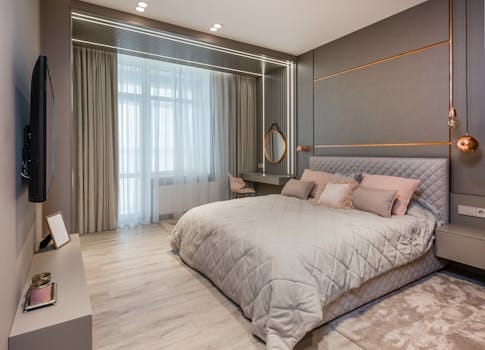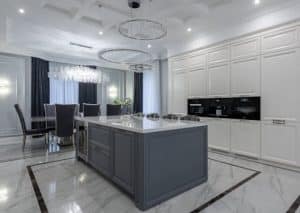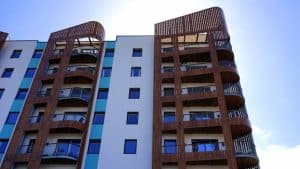The Pet Economy’s Impact on Real Estate Design
Welcome to the era of the pet economy! As more and more people are choosing to have pets as companions, the influence of the pet industry on various sectors of the economy is becoming increasingly evident. One industry that has felt the impact of this trend is the real estate industry, particularly with regards to design. In this article, we will explore the impact of the pet economy on real estate design and how developers, architects, and interior designers are adapting to cater to the needs of pet owners.
The rise of the pet industry
The pet industry has been steadily growing over the past decade, with an estimated value of $99 billion in 2020. This growth can be attributed to several factors, including changing attitudes towards pets, an increase in pet ownership, and a rise in spending on premium pet products and services.
Today, pets are seen as family members, and pet owners are willing to go above and beyond to provide the best for their furry companions. This has resulted in a surge of pet-friendly businesses, from cafes and restaurants to hotels and even workplaces. However, one area where the impact of the pet industry is often overlooked is in real estate design.
The demand for pet-friendly homes
According to a survey by the American Pet Products Association, about 67% of U.S. households own a pet. This means that a significant portion of home buyers are pet owners, and their needs and preferences are influencing the design of homes.
Apart from the basic requirements such as ample space and outdoor areas, pet owners are looking for homes that cater to the specific needs of their pets. This includes features like built-in feeding stations, dedicated pet washing and grooming areas, litter box hideaways, and pet-friendly flooring options. Developers and builders are incorporating these features into their designs to attract pet owners and cater to the demand for pet-friendly homes.
Interior design for pets
Pet owners are also influencing the interior design of homes, as they seek to create a comfortable and safe space for their pets. From choosing pet-friendly fabrics and materials to incorporating hidden storage for pet supplies, interior designers are working closely with pet owners to create spaces that are both aesthetically pleasing and functional for pets.
One trend that is gaining popularity is the use of smart technology to cater to pets. This includes automated feeders, pet-friendly sensors, and pet-centric temperature control systems. As technology continues to advance, we can expect to see more of these innovations in real estate design to cater to the needs of pets and their owners.
The impact on communities and amenities
The influence of the pet economy on real estate design goes beyond individual homes. Developers and city planners are also taking into account the needs of pet owners when designing communities and amenities. Pet-friendly parks, walking trails, and designated pet areas within housing communities are becoming more common, making it easier for pet owners to care for their pets.
In addition, we are seeing more pet-friendly amenities such as pet spas, daycare facilities, and pet-friendly shopping centers. These amenities not only cater to the needs of pets but also provide opportunities for socialization between owners and their pets, creating a sense of community and promoting a pet-friendly lifestyle.
Conclusion
In conclusion, the pet economy’s impact on real estate design is undeniable. As pets continue to be an essential part of our lives, developers and designers must adapt to cater to the needs and preferences of pet owners. The growth of the pet industry has created a demand for pet-friendly homes and communities, and this trend is only expected to continue in the future. As we move towards a more pet-friendly society, the influence of the pet economy on real estate design will undoubtedly continue to shape the way we live and interact with our furry companions.










